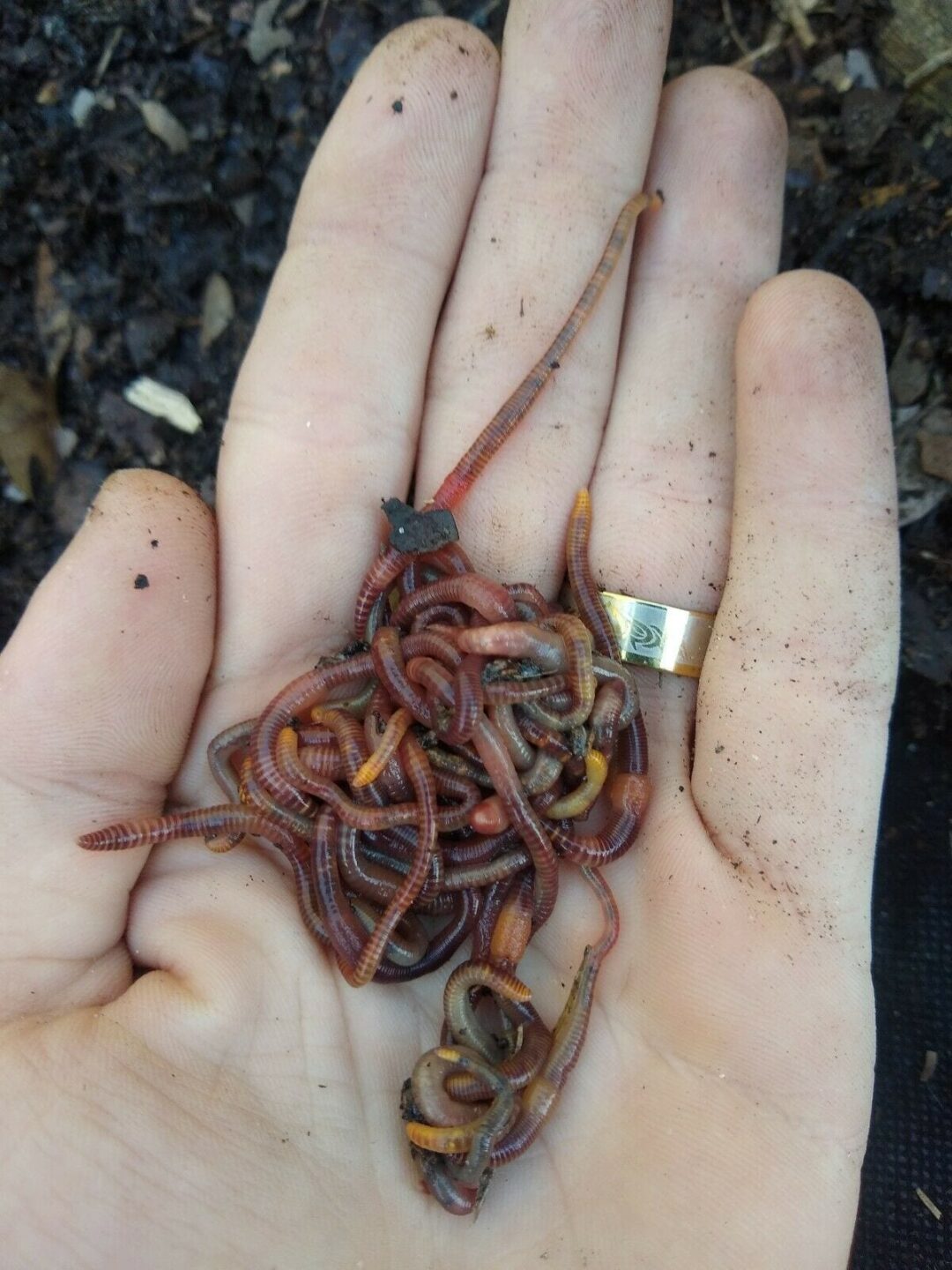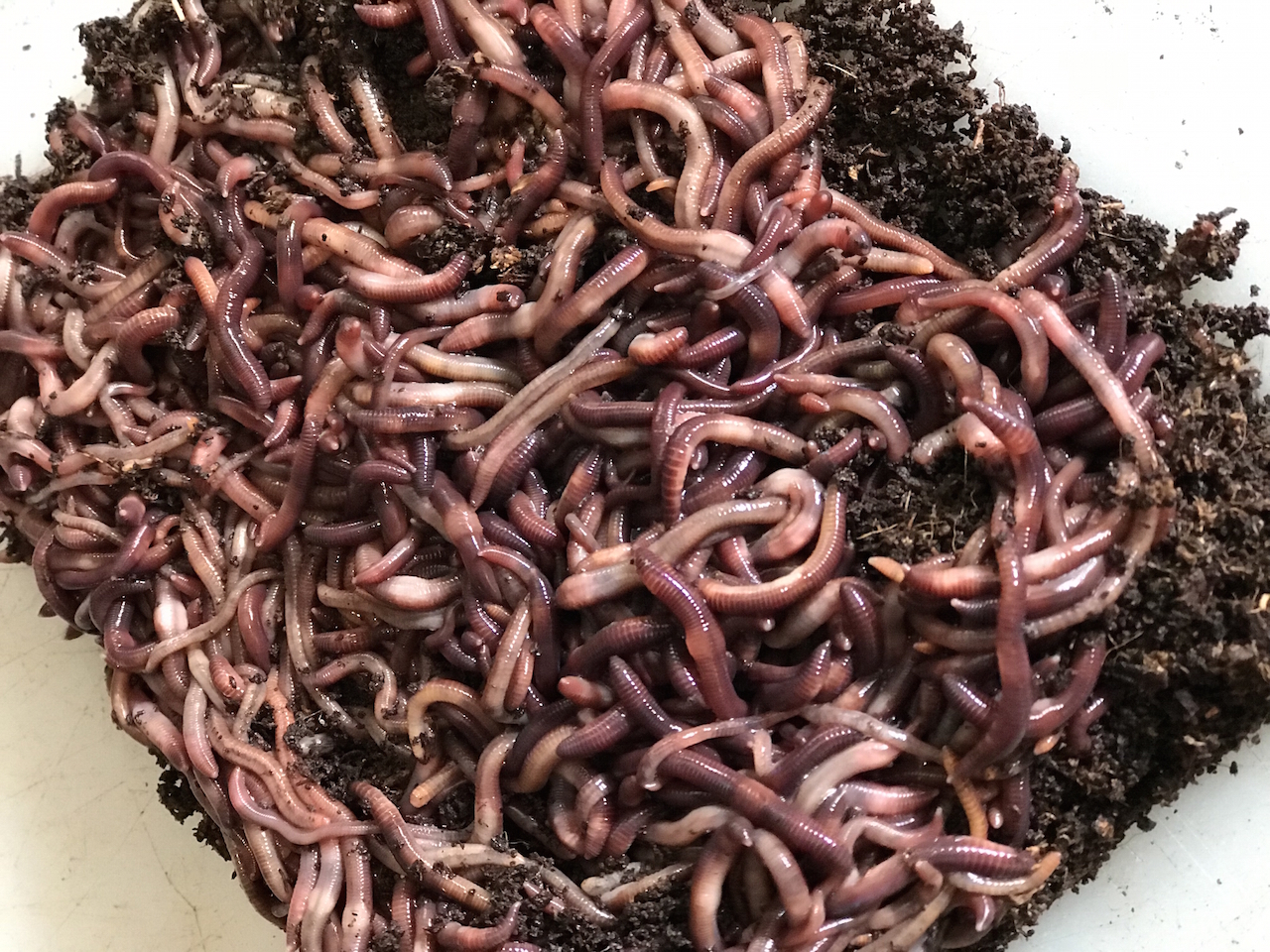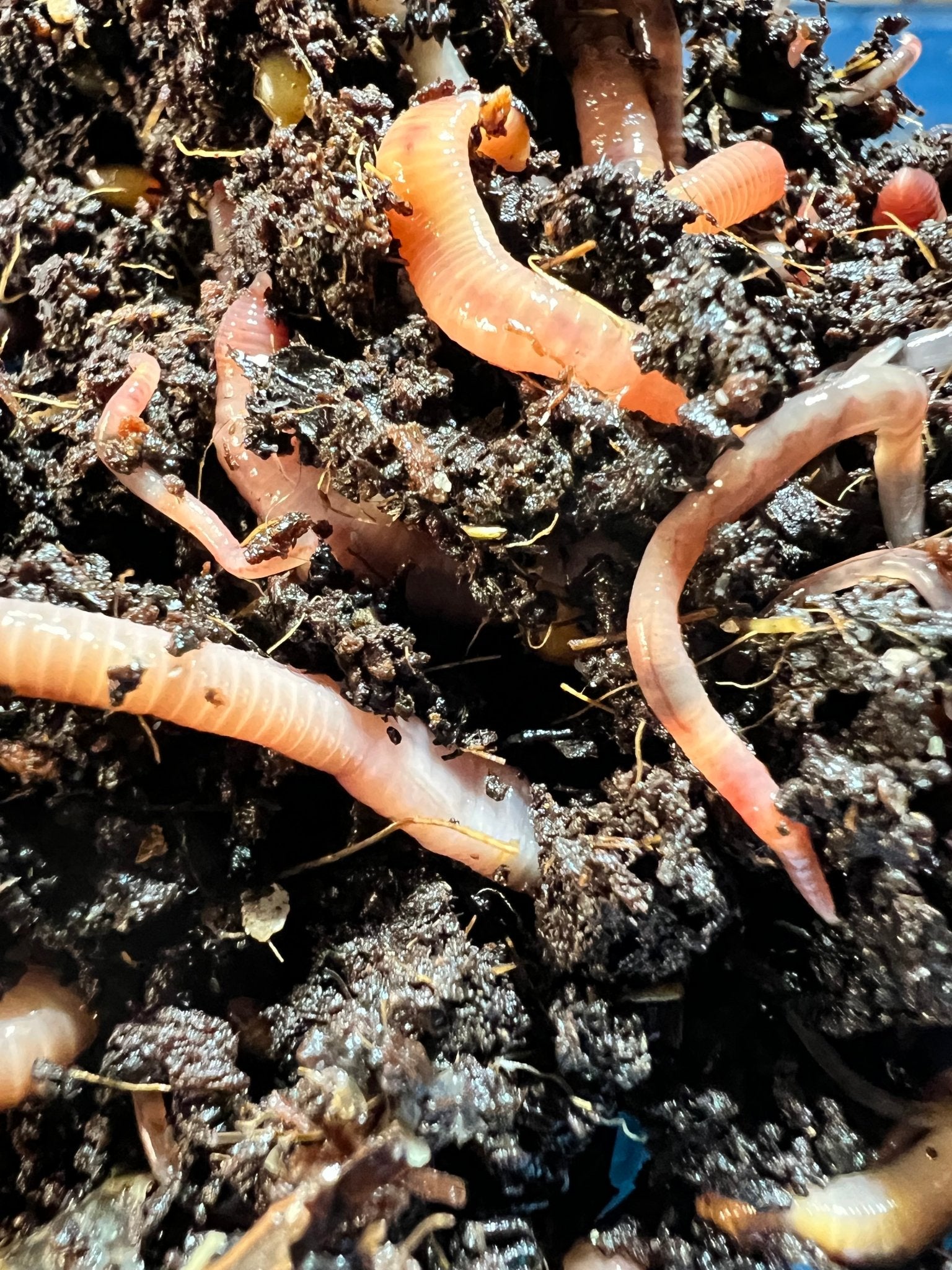Transform Your Lawn with the Expertise of Red Wiggler Express Lawn Care Professionals
Transform Your Lawn with the Expertise of Red Wiggler Express Lawn Care Professionals
Blog Article
Red Wigglers 101: Every Little Thing You Need to Know for Thriving Gardens
Red wigglers, or Eisenia fetida, play an important duty in sustainable gardening techniques, acting as effective decomposers that transform natural waste into important vermicompost. Comprehending their habitat, nutritional preferences, and the myriad advantages they supply can change your gardening technique (Red Wiggler Express). As these worms grow in certain problems, their care and management are crucial for optimizing their payments to soil health and wellness. The concern continues to be: what actions can you take to harness the complete potential of these remarkable organisms in your very own garden?
Recognizing Red Wigglers

Red wigglers thrive in atmospheres rich in organic material and dampness. Red Wiggler Express. They have a distinct gastrointestinal system that permits them to process food scraps quickly, eliminating castings that are loaded with vital nutrients such as nitrogen, phosphorus, and potassium. These castings boost dirt structure, improve water retention, and foster advantageous microbial activity, every one of which contribute to robust plant wellness
Additionally, red wigglers can survive in diverse problems, making them adaptable to numerous horticulture techniques, including interior and outside composting systems. Their ability to take in huge quantities of natural waste everyday positions them as important allies for both home garden enthusiasts and business cultivators. By including red wigglers right into gardening efforts, one can significantly boost soil fertility and assistance sustainable gardening techniques.
Suitable Environment for Red Wigglers
Developing an ideal atmosphere for red wigglers is vital for maximizing their composting capabilities and total wellness. Red wigglers flourish in wet, dark, and well-aerated environments, which closely resemble their natural surroundings in fallen leave clutter and decomposing natural matter. A suitable habitat must provide a temperature level variety in between 55 ° F and 77 ° F(13 ° C to 25 ° C), as extreme temperature levels can worry or harm the worms.
The bed linens product, such as shredded newspaper, cardboard, or coconut coir, should be kept moist yet not excessively wet, as too much moisture can bring about anaerobic problems destructive to worm health. Furthermore, a pH degree between 6.0 and 7.5 is optimal, guaranteeing a balanced environment.
Proper oygenation is just as important; it enables oxygen flow and stops the buildup of damaging gases. A container or container designed for vermicomposting ought to have water drainage holes to eliminate excess wetness and advertise air movement. Normal monitoring of these problems is vital for keeping a thriving red wiggler population, inevitably boosting their performance in breaking down organic waste and enhancing yard soil.
Dietary Requirements and Preferences

Red wigglers display specific preferences; they are specifically keen on softer, decaying products over more challenging or even more coarse compounds. It is necessary to avoid feeding them citrus peels, onion, and garlic in large quantities, as these can be unsafe. Additionally, meat, dairy products, and oily foods ought to be left out, as they can attract parasites and create undesirable odors.
(Lake Rhodhiss Bait)To preserve optimal wellness, a balanced mix of green and brown products is recommended. Eco-friendly materials, such as vegetable scraps, give nitrogen, while brown products, like cardboard and dried out leaves, supply carbon. Keeping an eye on the moisture material and making certain a constant food supply will better improve their growth and composting capacities. By accommodating their nutritional demands, gardeners can cultivate a thriving populace of red wigglers in their compost systems.
Advantages of Making Use Of Red Wigglers
The impressive advantages of making use of red wigglers in horticulture prolong far beyond their role in composting. These versatile microorganisms contribute dramatically to dirt health, improving vitamins and mineral accessibility and advertising microbial task. By freshening the soil as they burrow, red wigglers enhance drainage and origin penetration, producing an ideal setting for plant development.
Additionally, red wigglers are efficient recyclers of organic waste, transforming it into nutrient-rich castings that serve as an exceptional natural plant food. These castings include advantageous microbes and vital nutrients, such as nitrogen, phosphorus, and potassium, which are essential for plant growth. The slow release of nutrients from worm spreadings guarantees a constant supply, reducing the risk of nutrient leaching and promoting sustainable gardening practices.
Using red wigglers cultivates an extra sustainable horticulture strategy by lowering dependence on chemical plant foods and anchor advertising a closed-loop system, where waste is changed right into beneficial resources. Generally, incorporating red wigglers right into horticulture techniques supplies a plethora of ecological and agricultural benefits.
(Red Wiggler Express)
Composting With Red Wigglers

To start a successful vermicomposting system, pick an appropriate container with correct air flow and drainage. The optimal atmosphere for red wigglers includes a damp, dark setting with temperatures between 55 ° F and 77 ° F. Begin by layering shredded paper, cardboard, and food scraps, ensuring a balanced mix of carbon and nitrogen-rich materials.
Red wigglers thrive on veggie peels, fruit scraps, coffee grounds, and eggshells, while staying clear of meat, dairy, and oily foods that can draw in pests. Consistently keep an eye on moisture degrees; the bed linen should be wet yet not soggy. Harvest worm castings every couple of months by dividing the worms from the compost, which can after that be utilized directly in yards or kept for later use.
Executing vermicomposting not only lowers land fill waste yet additionally improves yard dirt, promoting healthy and balanced plant development and lasting horticulture techniques. Embrace this environment-friendly technique to boost your gardening endeavors.
Verdict
In summary, red wigglers are essential microorganisms for boosting garden efficiency via reliable composting. By making use of red wigglers, garden enthusiasts can considerably enhance dirt quality and nutrient accessibility, fostering much healthier plant growth.
Report this page